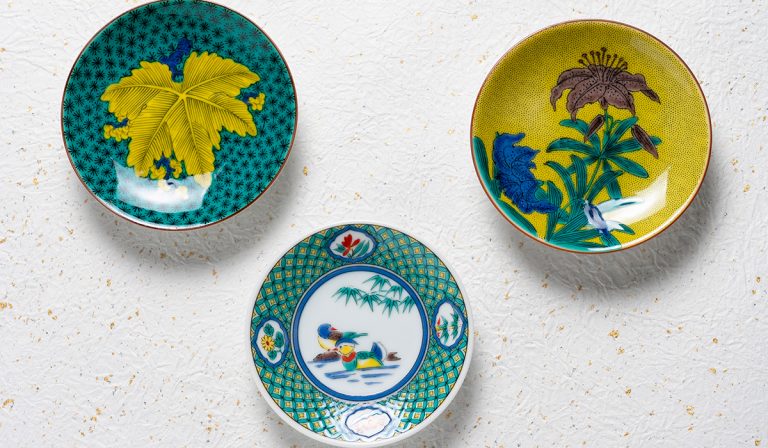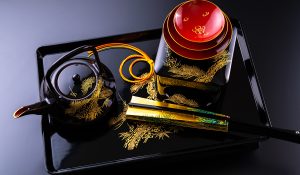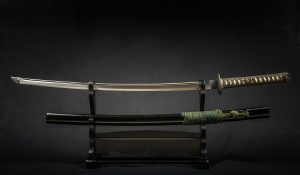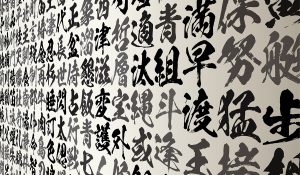
- Published: July 16, 2025 1:54 PM (JST)
Kutani Ware Tea Cups: A Gentle Invitation to Savor Tradition
JapanGoodsHub is your trusted gateway to authentic Japanese products, including kitchenware, otaku collectibles, and traditional crafts.
We carefully select and recommend products with your convenience and interests in mind.
Product Guide Categories
Keyword Search
Introduction
Imagine a quiet afternoon: sunlight filtering through shoji screens, a gentle breeze stirring the tatami, and before you, a delicate Kutani ware tea cup cradling fragrant sencha. These vibrant cups, hand-painted with stories of nature and folklore, have captivated collectors and tea lovers around the world. But beyond their beauty lies a fascinating tale of Japanese artistry that continues to bloom even in our modern lives.
What People Are Saying
Some people fall instantly in love with the hand-painted scenes and the soft shimmer of gold gilt. They marvel at how each cup seems to whisper of Japan’s 17th-century porcelain traditions. One Reddit user joyfully shared finding a Kutani chawan at a thrift store for just two dollars—proof that treasure can hide anywhere.
Others appreciate the convenience: “Found mine on Amazon with fast shipping, came wrapped like a jewel,” wrote a satisfied customer. There’s also the thrill of discovery on eBay, where rare or vintage pieces surface like little time capsules.
Yet a few voices note the cautious side: questions about authenticity or whether a piece might actually be Chinese dragonware. Some worry about practicality—“I can’t imagine washing so many tiny cups,” someone laughed. But for most, these are gentle curiosities rather than real drawbacks.
Common Questions Answered
Are Kutani tea cups safe for everyday use? Modern glazed porcelain is generally fine for daily tea, whether French, Bavarian, or Kutani. Just handle with care and avoid sudden temperature changes.
Do they rust or stain? Kutani ware is porcelain, not iron—so rust isn’t an issue. Still, it's wise to rinse after tea to prevent tannin marks.
How do you clean them? Warm water and a soft cloth are your friends. Avoid harsh scrubbers that could damage delicate overglaze or gold accents.
What makes authentic Kutani special? True Kutani comes from Kaga, Ishikawa, often bearing intricate scenes in iron-red and lavish gold. Look for marks, but know that artistry matters more than stamps alone.
Where to Buy & Typical Prices
Amazon.com
Plenty of Kutani-style tea cups and sets are available on Amazon, often shipped quickly and backed by reviews. You can explore a wide range here.
eBay
If you’re hunting for something vintage or delightfully unexpected, eBay is a treasure trove. You might stumble upon hand-signed pieces or full sets with stories etched into every petal. Browse examples here.
ZenMarket
For the joy of buying directly from Japan, ZenMarket opens doors to local sellers and auctions. Want a step-by-step guide? Read our detailed article on how to use ZenMarket here.
Buyee
Buyee is another excellent proxy service that helps you snag Kutani ware from Japan’s own marketplaces. Need more help? Check out our complete guide on buying through Buyee here.
How to Choose the Right One for You
Start with size: do you enjoy small sips that keep your tea warm, or larger cups for leisurely sessions? Check if the interior is plain white—traditional for showing off the tea’s color—or adorned with subtle motifs. Feel the weight. Kutani cups are often light but sturdy, ideal for daily rituals or special gatherings. And of course, let your eyes wander—pick a design that makes your heart dance a little.
Conclusion
As someone who has spent countless afternoons marveling at the play of colors on Kutani porcelain, I warmly encourage you to bring one of these treasures into your home. Whether it becomes your favorite vessel for morning matcha or a sparkling addition to your shelf, it’s a small but profound way to savor the depth of Japanese craftsmanship.
Further Reading
written by
A Tokyo native with a lifelong passion for Japanese craftsmanship. Takeshi specializes in traditional knives, ceramics, and fine woodwork. His writing combines deep respect for artisans with detailed insights, making even casual readers appreciate the beauty behind every handcrafted piece.
More Articles in This Category

Best Places to Buy a Bamboo Shinai Practice Sword from Japan
- Traditional Crafts & Collectibles
- Japanese swords replicas

Why Wajima Lacquer Sushi Plates Are Captivating the World
- Traditional Crafts & Collectibles
- Wajima lacquerware

Where to Buy Samurai Katana Replica Swords from Japan: A Collector’s Guide
- Traditional Crafts & Collectibles
- Japanese swords replicas

Where to Buy a Calligraphy Brush Set from Japan: Complete Guide by Takeshi Nakamura
- Traditional Crafts & Collectibles
- Calligraphy tools